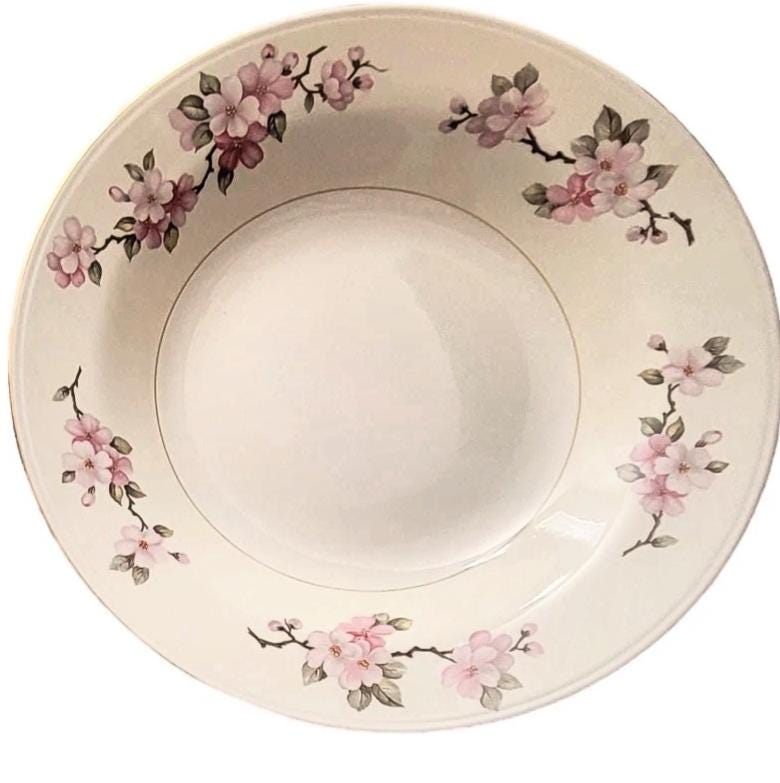Memories in Clay: A Journey to the Potteries Along the Ohio River As a child, Saturdays meant one thing: the drive to the potteries. We lived about 45 minutes from the Ohio River, a stretch of winding roads and sleepy towns that seemed to exist in their own kind of time. I remember the feeling of anticipation as we neared those pottery towns—the way the landscape seemed to change, how the old brick buildings hinted at the stories they held. The Ohio River Valley was once the beating heart of American pottery. Especially in towns like East Liverpool, Ohio, and just across the river in Newell and Chester, West Virginia, the pottery industry shaped nearly every aspect of daily life. By the late 1800s and into the early 20th century, East Liverpool alone was producing more than half of the nation’s ceramic ware. It was so central to the industry that it earned the nickname “The Pottery Capital of the World.” Immigrants from England, Germany, and other parts of Europe brought with them generations of pottery knowledge, and they found in the Ohio Valley a rich vein of clay, abundant coal to fire the kilns, and easy access to river and rail for shipping. Dozens of factories sprang up—Homer Laughlin, Hall China, Knowles, Taylor & Knowles, and many others—turning out everything from simple dinnerware to ornate porcelain pieces.
Before I ever took those trips as a child, my mother was already making them with my aunt. Long before GPS or outlet signs, they’d make their way to the potteries, knowing exactly where to go. It was a tradition for them too. They’d spend hours sorting through stacks of seconds, sharing tips on spotting quality pieces, and laughing as they wrapped their finds in old newspapers. What they brought home became the everyday dishes of our household—the ones we ate from, celebrated with, and eventually passed down.
Later, those traditions became ours. On many of our trips, my mother and I would be accompanied by my aunt, continuing that family ritual. The three of us made a good team—my aunt with her knack for spotting rare colors, my mother with her eye for detail, and me tagging along, absorbing it all.
By the time I joined those trips in the 1960s and '70s, the pottery industry was in decline. Cheaper imports and automation had gutted the workforce. Some factories began to closed. Others survived by adapting—shifting to factory outlet stores, leaning into their heritage, and preserving their craftsmanship. FiestaWare, produced by the Homer Laughlin China Company (now known as The Fiesta Tableware Company), became a beloved collectible. My aunt especially loved FiestaWare—its bright colors and cheerful designs always seemed to reflect her personality.
We’d visit the outlet stores in Newell or East Liverpool, hunting for seconds and odd lots. Those trips weren’t just shopping excursions; they were family rituals. The dishes we brought home weren’t just useful—they were symbols of a deeper connection to the past. They fed us, literally and emotionally, anchoring our meals in the heritage of the Ohio Valley.
This is why I love selling the vintage pottery today—each piece carries with it the stories, memories, and craftsmanship of those potteries. It’s more than just the dishes; it’s the legacy of a time, a place, and a family tradition that I carry with me.

